Ferrari is in the final stages of developing its long-awaited successor to the 812 Superfast, due in 2024 and set to be powered by an 800bhp-plus V12.
Spotted on numerous occasions testing in Italy – initially dressed as a Roma but now wearing production-spec bodywork – Ferrari’s new grand tourer notably features a significantly extended bonnet, strongly hinting at the presence of the firm’s largest engine.
The absence of high-voltage warning stickers or a visible charging port also suggests it will continue to be unassisted by electrification – as it is in the outgoing 812.
The Italian firm has long been vocal about keeping its 12-cylinder engine alive for its flagship cars, deploying it most recently in the Daytona SP3 supercar and Purosangue SUV, even as it ramps up its electrification initiative with the 296 and SF90 hybrids, and its first pure EV, due in 2025.
Speaking to Autocar previously, Ferrari head of design Flavio Manzoni said: “I personally believe we have to fight for this engine. From a technology point of view, it’s not the most efficient.

"A V8 turbo could make it better in terms of performance. But from an emotional point of view, it’s the best you can have.”
The firm has yet to officially acknowledge these prototypes, but a source at the company recently hinted to Autocar that it will be launched in 2024: “If you look at the lifetime of the cars gone previously, that will give you a good idea to speculate when we will deliver a new car.”
Ferrari launched the 812 in 2017, with the F12 arriving five years before and the 599 six years before that, suggesting the next instalment in the front-engined V12 GT lineage is due an imminent unveiling.

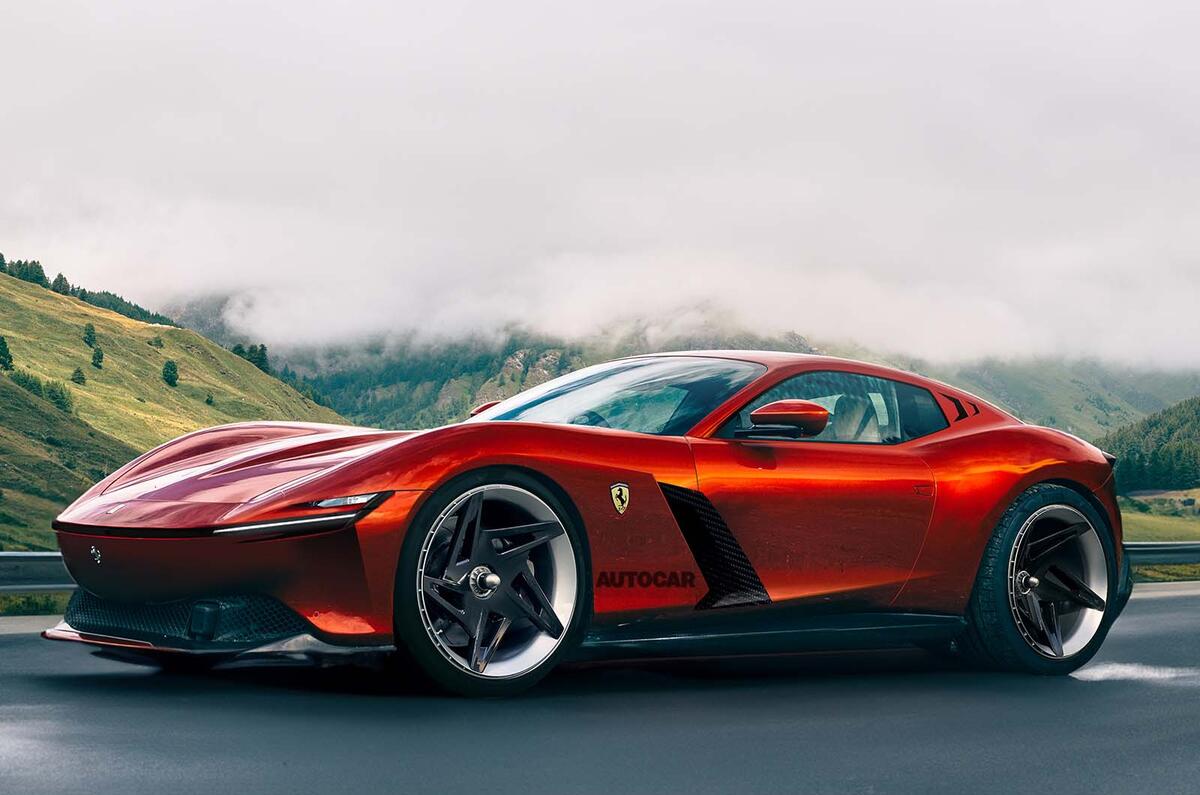
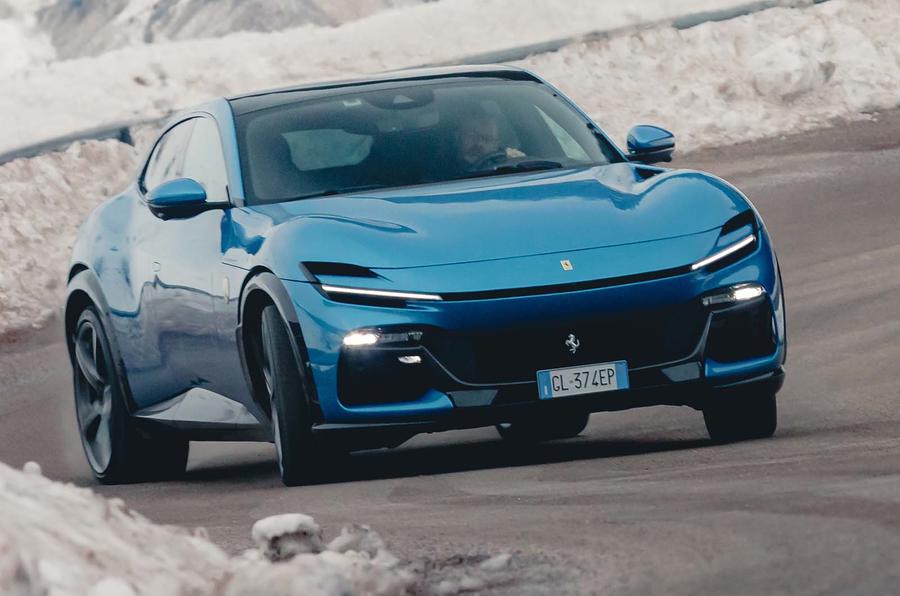
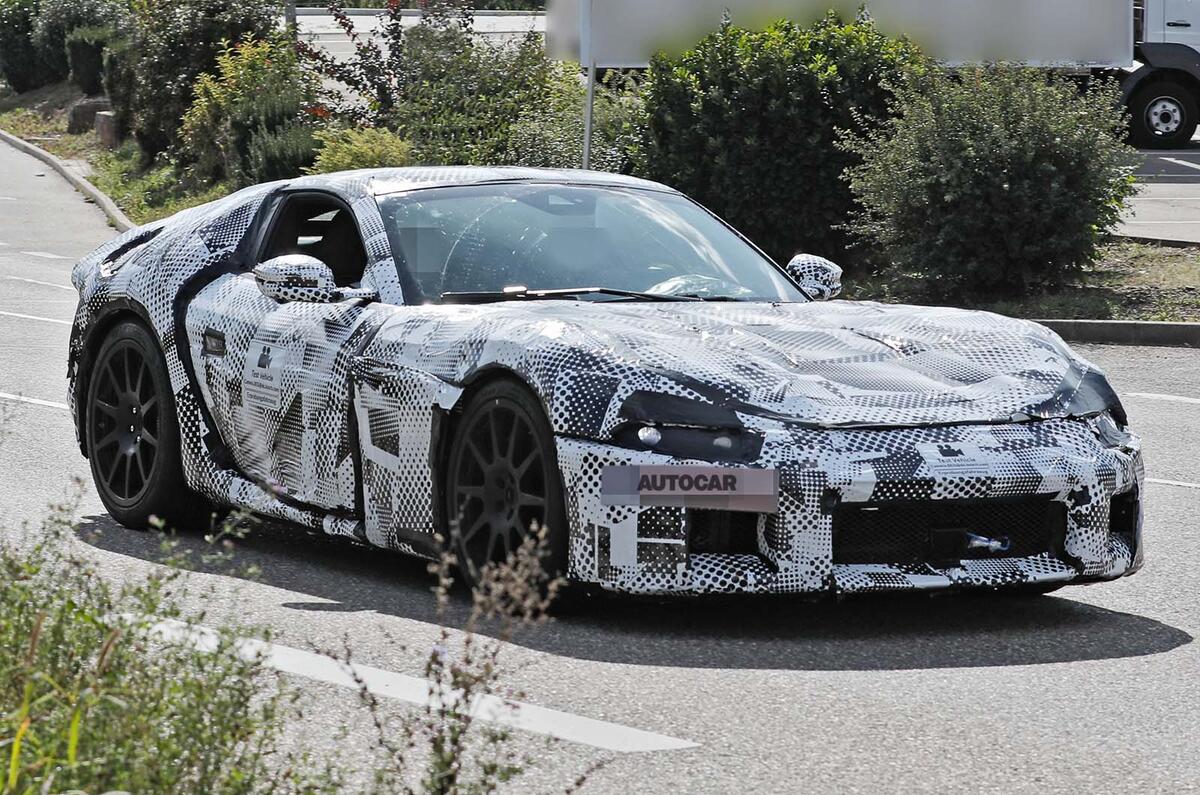
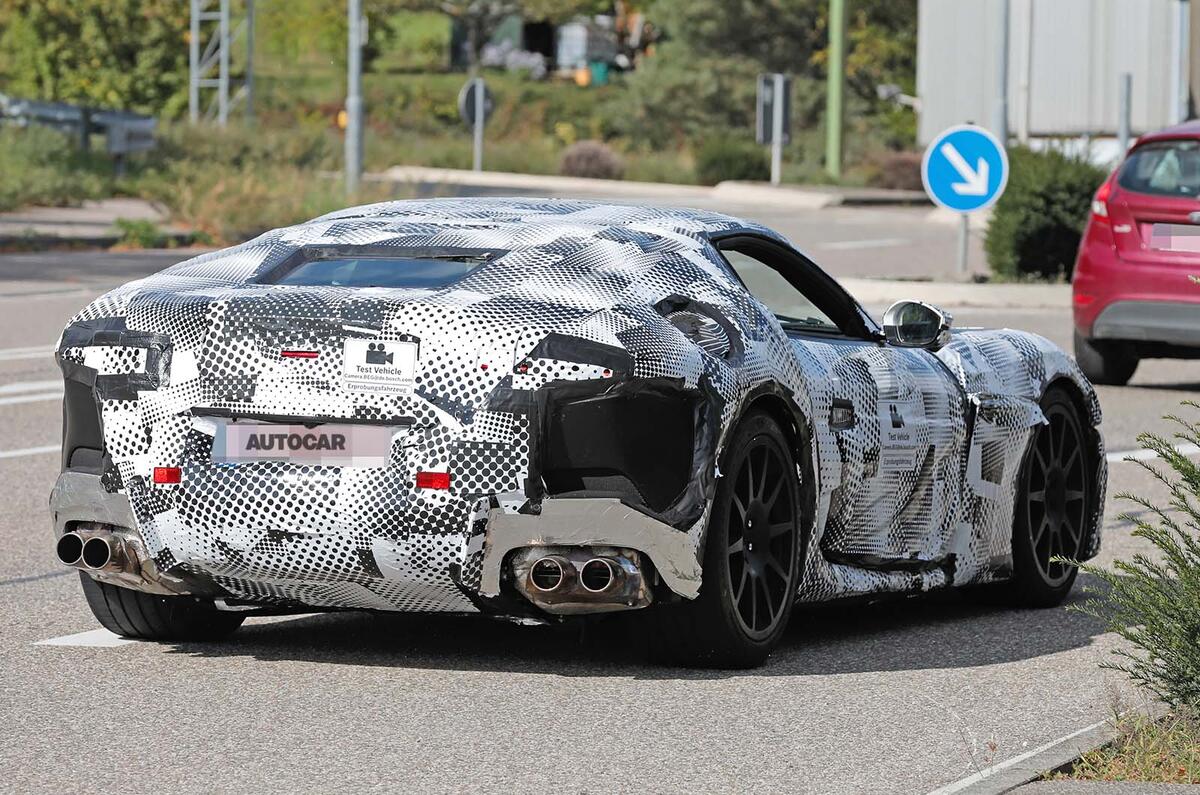
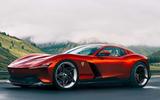
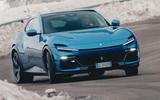

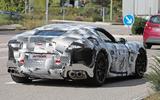

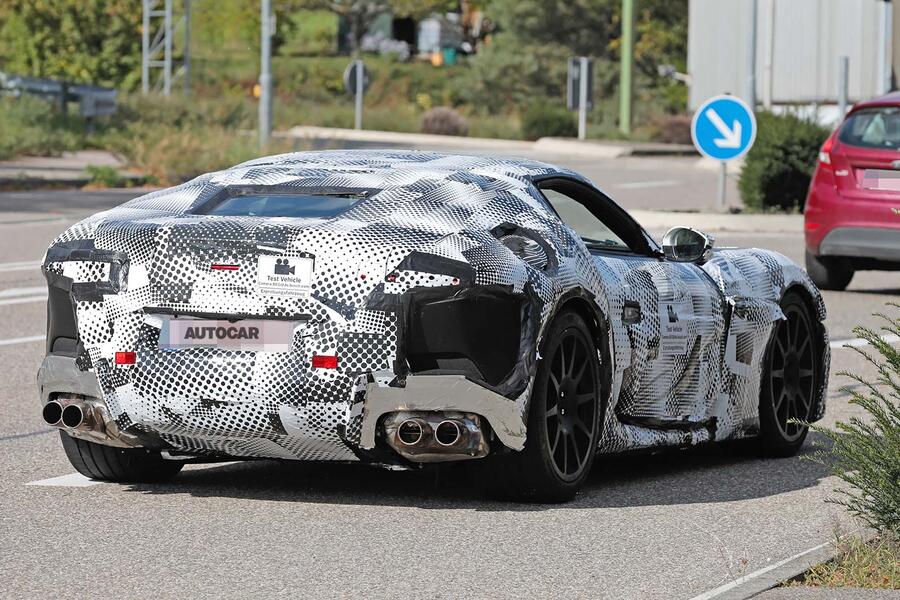






Add your comment